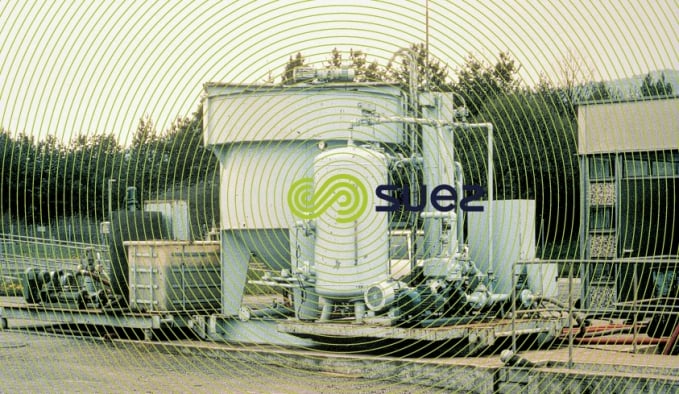flotation units
Reading time:As discussed in flotation, of all the solid-liquid separation systems (in this case floc-water), floatation is the one that is the best suited to the separation of light density floc such as that produced:
- with DW through clarification of water that has a light suspended solids loading but that is rich in OM that lends itself to coagulation (humic acids …) or that contains planktonic algae;
- with IWW containing fibers, grease, hydrocarbons, polymers …;
- with UWW or IWW for tertiary clarification and activated sludge thickening.
Additionally, we need to bear in mind two important conditions:
- excluding the hydrophobic suspended solids quoted above (fibers, grease, hydrocarbons …), floatation can only separate floc formed before the water enters into the floatation unit;
- The floc that is thoroughly mixed with the micro-bubbles must be capable of collecting enough of these micro-bubbles of gas (air, nitrogen, natural gas) to ensure that the bubble-floc «element» has a satisfactory rising speed.
To check this latter point, testing can be carried out in the laboratory (Flotatest, see treatability tests) of on a semi-industrial pilot scale (photo 27).



Comment on floatation cells that do not implement gas relaxation: Dissolved air floatation cells must not be mistaken for devices where water is in contact with bubbles coming from fine bubble diffusers, or produced by moderated pressure by mechanical shearing, either in an emulsion pump or in a hydroejector.
This equipment produces large-sized bubbles but the quality of the separation is much lower. Such equipment is used for oil removal and for IGF (induced gas floatation)
Bookmark tool
Click on the bookmark tool, highlight the last read paragraph to continue your reading later












